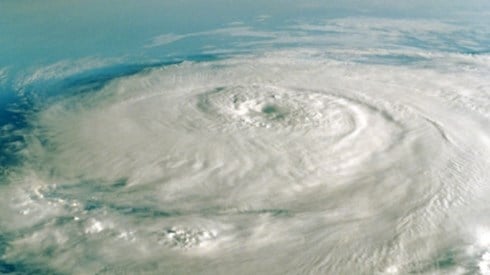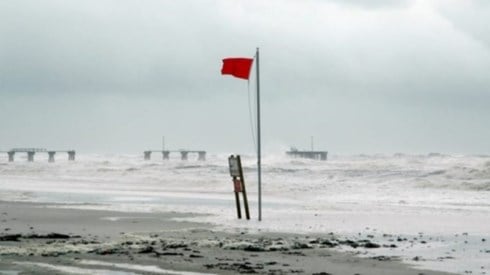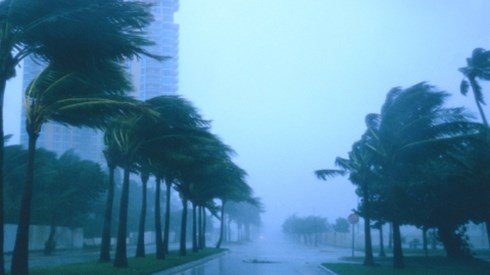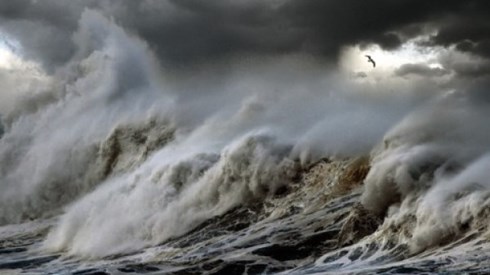Willis Re Report Details Hurricane Michael's Damage
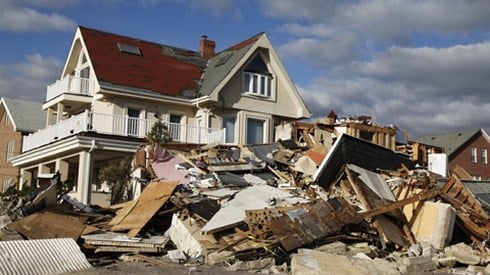
November 06, 2018

Willis Re released a new damage survey report detailing the various damage patterns that it observed in the organization's field reconnaissance efforts following Hurricane Michael. The hurricane was 2018's 11th named storm and made landfall on the Florida Panhandle as a Category 4 hurricane on October 10.
The report said that as a result of the hurricane's extreme winds and storm surge, the cities of Mexico Beach, Lynn Haven, and Panama City experienced widespread property damage and infrastructure interruption.
The report summarized and presented findings from the organization's research of the storm's damage over 1,000 miles, including extensive photographic examples of property damage resulting from wind and storm surge from Panama City Beach, Panama City, Lynn Haven, Tyndall Air Force Base, Mexico Beach, Port St. Joe, Apalachicola, South Port, Youngstown, Fountain, Marianna, and Tallahassee in Florida; Bainbridge, Georgia; and Dothan, Alabama.
Michael's estimated ground wind speeds ranged from 120 mph to 160 mph, "above the 700-year return period wind gust, according to ASCE 7-10," said the report. Most homes in areas where wind speeds reached these levels "were not designed to resist 700-year return period wind gusts," according to the report.
The following key observations of the survey are taken directly from the report.
- "Catastrophic wind damage to residential properties in Panama City, Lynn Haven, and Mexico Beach"
- "Catastrophic storm surge damage to buildings along the coast of Mexico Beach"
- "Significant damage to properties due to treefall"
- "Major damage to residential buildings, commercial buildings, industrial buildings, boats, marinas, long-span light metal warehouses, airport hangers, schools, religious buildings, public buildings, and gas stations"
- "In general, newer buildings and roofs performed better than older construction."
- "Metal roofs performed much better than shingles in areas exposed to low-to-moderate intensity wind speeds (less than 120 mph gusts)."
- "Wide failure of connections between stilts and floor beams in elevated buildings"
The report also provided "key takeaways" for risk managers based on the following categories.
- Single-family and low-rise residential buildings
- Commercial buildings
- Industrial buildings
- Schools and public, government, and religious buildings
- Marinas, boats, gas stations, and electrical, transmission, and distribution systems
- Treefall damage to buildings
- Storm surge damage to buildings
The report concluded that the damage path was narrow—60 to 80 miles across and 100 miles inland—helping the insurance industry avoid a wider loss area of wind damage.
November 06, 2018
